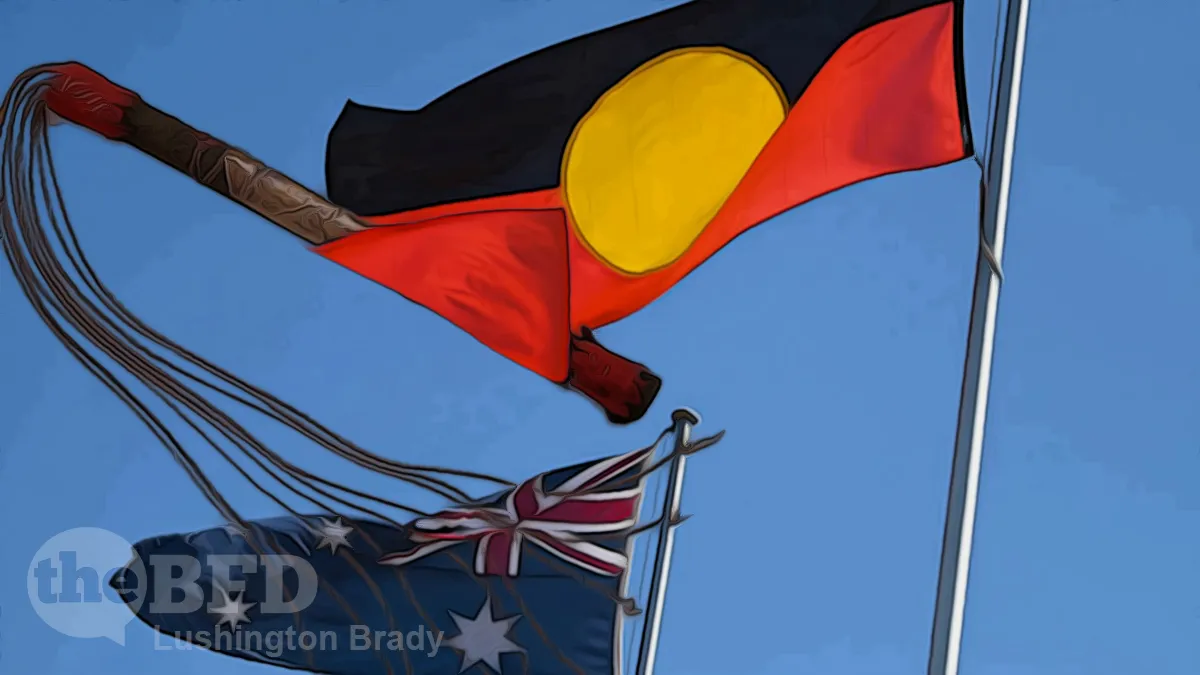Table of Contents
If the “Indigenous Voice” referendum is passed, it will turn Australia into a profoundly un-democratic state where racial privilege is the law of the land. Whether or not it passes, though, enough damage has been done: the process so far has trashed the spirit of the Constitution and skirted the fringes of law, at best.
A Constitutional law expert recently suggested that the wording of the referendum itself may be unconstitutional, because its vague and unspecific question “misleads and misinforms voters” and “fails to state the core function of the Voice”. The government has trampled on the legal requirement to present both cases on the referendum equally, instead endlessly cheerleading the Yes case, while doing its best to choke the No case of funds.
Now, it appears that even the Australian Electoral Commission is putting its thumb on the scales in favour of the Yes vote.
Peter Dutton will write to the Australian Electoral Commission over what he called a “completely outrageous” situation where a tick will likely be accepted as a formal vote for Yes on a voice referendum ballot paper but a cross will not be accepted for No.
Unlike most ballots, where voters are merely required to mark or number a box, the referendum will require voters to write “Yes” or “No”. The AEC will not accept a cross to mean “No” – but it will accept a tick to mean “Yes”.
“It’s completely outrageous, to be honest. I mean, if a tick counts for Yes then a cross should count for No. It’s as clear as that,” Mr Dutton told 2GB radio.
“Otherwise it gives a very, very strong advantage to the Yes case. I just think Australians want a fair vote. They want to be informed. They want to have the detail before them.”
It is, to be fair, not a new gambit. Australians are notoriously reluctant to change the Constitution. Eighty per cent of referenda have failed. It was in the Hawke days that the AEC decided to try and weight the outcome.
Under AEC rules, a vote is informal if a cross is used on a referendum ballot paper which has only one question “since a cross on its own may mean either ‘yes’ or ‘no’”.
The guidelines are based on legislation that says the AEC must count a ballot paper if the voters’ intention is clear […]
The AEC’s accepted legal advice since 1988 – and reaffirmed earlier this year – has been that a single tick can’t be disputed as a Yes vote and so can be counted but a cross cannot.
Even though crossing something out is a near-universal symbol for ‘no’.
As the AEC comes under pressure from the Coalition to make rules fairer, because a tick will likely be accepted for a Yes vote but a cross will not be allowed for a No vote, its Media and Digital Engagement director Evan Ekin-Smyth said he expected the vast, vast majority of voters to follow instructions […]
“A ‘tick’ would also be open to interpretation and may not count depending on just how clear that mark is on the ballot paper. The same issues exist for just the letter ‘y’ or ‘n’ – if the handwriting makes it unclear it could risk an informal vote.
The Australian
And yet, the AEC’s rules are that a tick will still be accepted.
It may seem quibbling, but if the vote goes down the wire in a couple of states, even a small number of informal votes counted as “Yes” could change the outcome.
Most importantly, the question and the form must be clear and unambiguous.
Unfortunately, evasion and deliberate obtuseness have been the rule from the government throughout this whole, divisive, sordid referendum.









